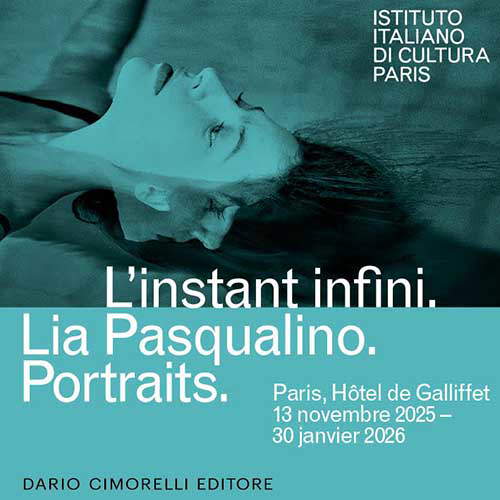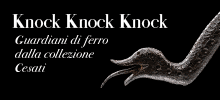
The Rising Sun in Tuscany: Japanese heritage in museums and historic buildings
Among the museums and historic palaces of Tuscany lies a little-known but very significant heritage of Japanese art documenting exchanges between Tuscany and Japan. Here is where to find it.
By Redazione | 30/07/2025 13:02
It may not be known to everyone, but Tuscany guards in its museums and historical palaces a relevant heritage of Japanese art, distributed capillarly over the regional territory and sedimented over the past two centuries centuries thanks to the passions of collectors, cultural exchanges, and relationships between artists. It is a permanent heritage that crosses the entire region, from Florence to Prato, from Certaldo to Pistoia, testifying to the depth and continuity of ties between theland of the Renaissance and the archipelago of the Rising Sun.
This patrimonyù is distributed among public and private museum institutions, historic residences and contemporary art installations, and forms a rich and varied cultural fabric that goes far beyond the borders of Florence alone. This heritage represents a stable and consultable testimony, the result of historical stratifications that have seen enlightened collectors, contemporary artists, noble families and cultural institutions build over time a permanent dialogue with Japanese culture distributed throughout the region. And it tells a story of encounters and contamination that spans time.
The journey can begin at the Stibbert Museum in Florence, which represents perhaps the best-known jewel of Japanese heritage preserved in Tuscany. Frederick Stibbert, an Anglo-Florentine collector who lived between 1838 and 1906, devoted nearly fifty years of his life to the grand project of transforming his Florentine residence, the villa at Montughi, into "his museum." The Japanese section, begun around 1870, represents the first major single-subject collection of Japanese art to be born in Italy and one of the first in the world outside Japan itself.
The museum's four Japanese rooms constitute an extraordinary universe housing some 1,800 objects of exceptional artistic and historical quality. The collection consists of 95 complete suits of armor, 200 helmets, 285 short and long swords and pole arms, 880 tsubas (the guards of sabers), as well as textiles, painted scrolls, costumes, and furnishings documenting various aspects of Japanese material culture. The objects are almost all between the Momoyama and Edo periods (1568 to 1868), with some earlier pieces dating back to the second half of the 14th century. The layout, which still maintains the setting desired by the collector, reflects the nineteenth-century taste for showmanship, with the objects arranged according to scenographic criteria that enhance the beauty and symbolic value of the samurai armor.
The recent renovation of the Japanese rooms, sponsored by the Fondazione Cassa di Risparmio di Firenze, now allows for a smoother view of the priceless holdings thanks in part to new lighting, created by Targetti, which installed precise beams of light with the aim of bringing out the most precious details of the samurai armor.
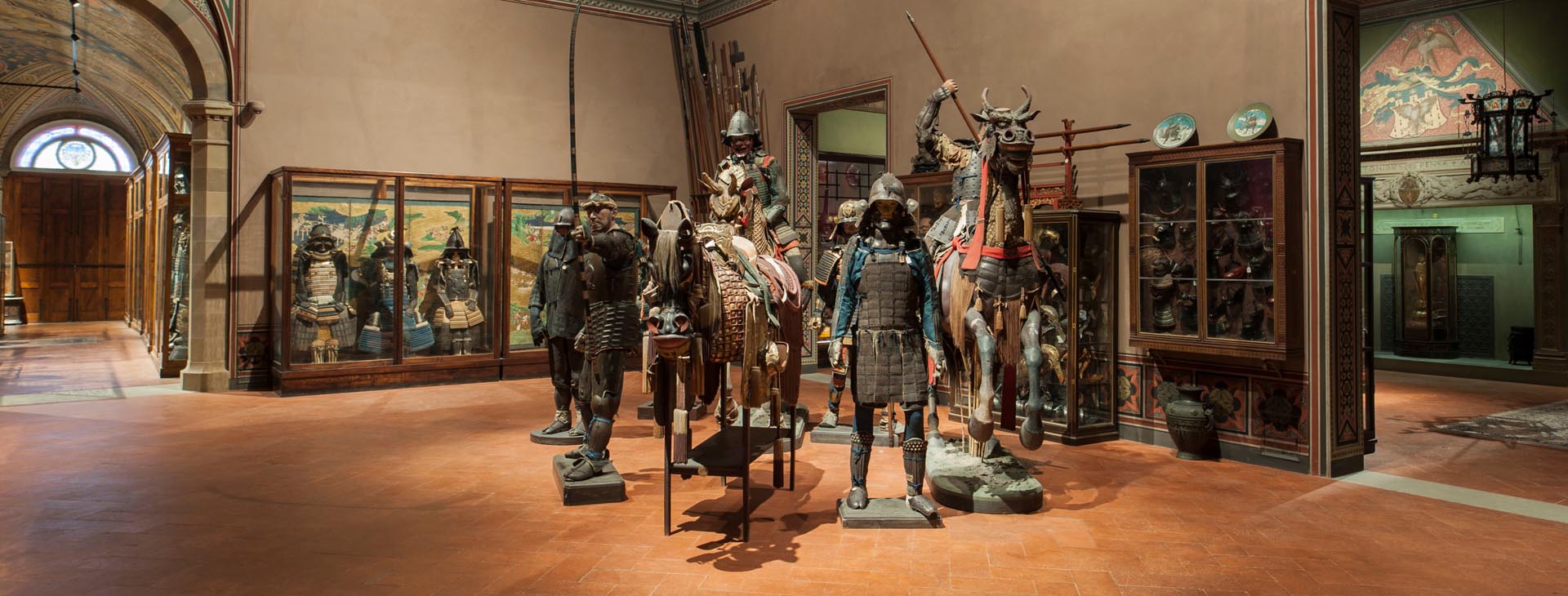
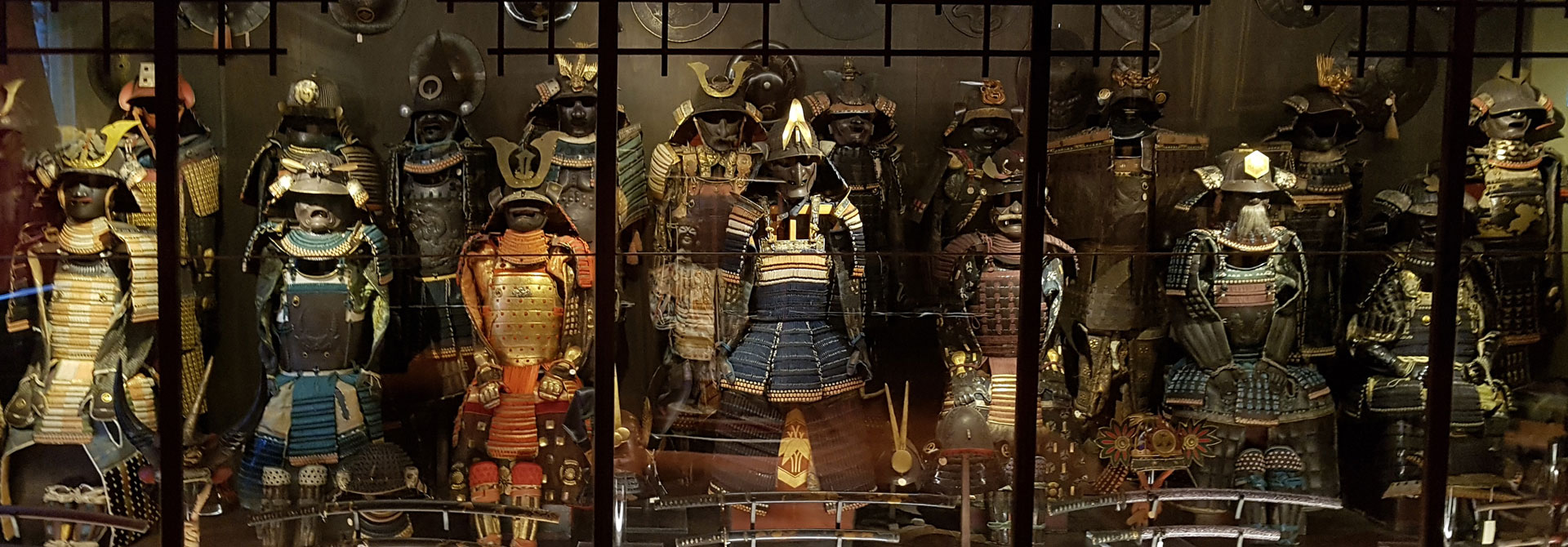
We then move inside the Pitti Palace complex in Florence: here, the Treasury of the Grand Dukes holds a significant permanent collection of Oriental porcelain, including a significant core of fine Japanese pieces. This collection, displayed in the Japanese Porcelain Room, is part of a larger heritage of hundreds of Oriental porcelains, a collection that began as early as the Medici in the 15th century and continued under the Lorraine. The Japanese porcelains on display illustrate not only the technical sophistication of Japanese workmanship, but also the spread and appreciation of these artifacts in the Tuscan grand ducal court. These objects are precious examples of the cultural and commercial contamination between East and West that characterized the history of the Medici collections, a symbol of prestige and refined taste. More generally, in the rooms of the Pitti Palace there is no shortage of evidence of the interest in Japan, such as the 18th-century coffers decorated with Japanese lacquered panels.
Also in Florence, Palazzo Coppini, home of the Romualdo Del Bianco Foundation, is a unique example in the Tuscan museum scene for its vocation for intercultural dialogue. Born in the 1990s in the aftermath of the fall of the Berlin Wall from the intuition of Paolo Del Bianco, the palace houses permanent collections with donated objects from 83 countries around the world. Among the most significant pieces in the permanent collection are traditional Japanese wooden Nō theater masks, authentic masterpieces of Japanese dramatic art that testify to the aesthetic refinement and spiritual depth of Japanese theater culture. These masks, made according to traditional techniques handed down through generations of skilled craftsmen, depict various characters from the Nō repertoire, from ghosts to deities, nature spirits to legendary heroes.
Leaving the capital, we move on to Certaldo, the birthplace of Giovanni Boccaccio, where we find one of the most striking examples of the contemporary dialogue between Japanese art and Tuscan historical heritage. In the courtyard of Palazzo Pretorio, which once housed the vegetable gardens of the medieval palace, an unprecedented encounter between Tuscan Renaissance and Eastern culture comes to life, thanks to the permanent installation by artist Hidetoshi Nagasawa. At the center of this cultural fusion is a traditional Japanese tea house, donated in 1993 to the Certaldo community by the Japanese city of Kanramachi, with which the Tuscan village is twinned. The tea house represents an authentic reproduction of a small Japanese dwelling, inside which are all the objects necessary for the tea ceremony, partially visible from the outside.
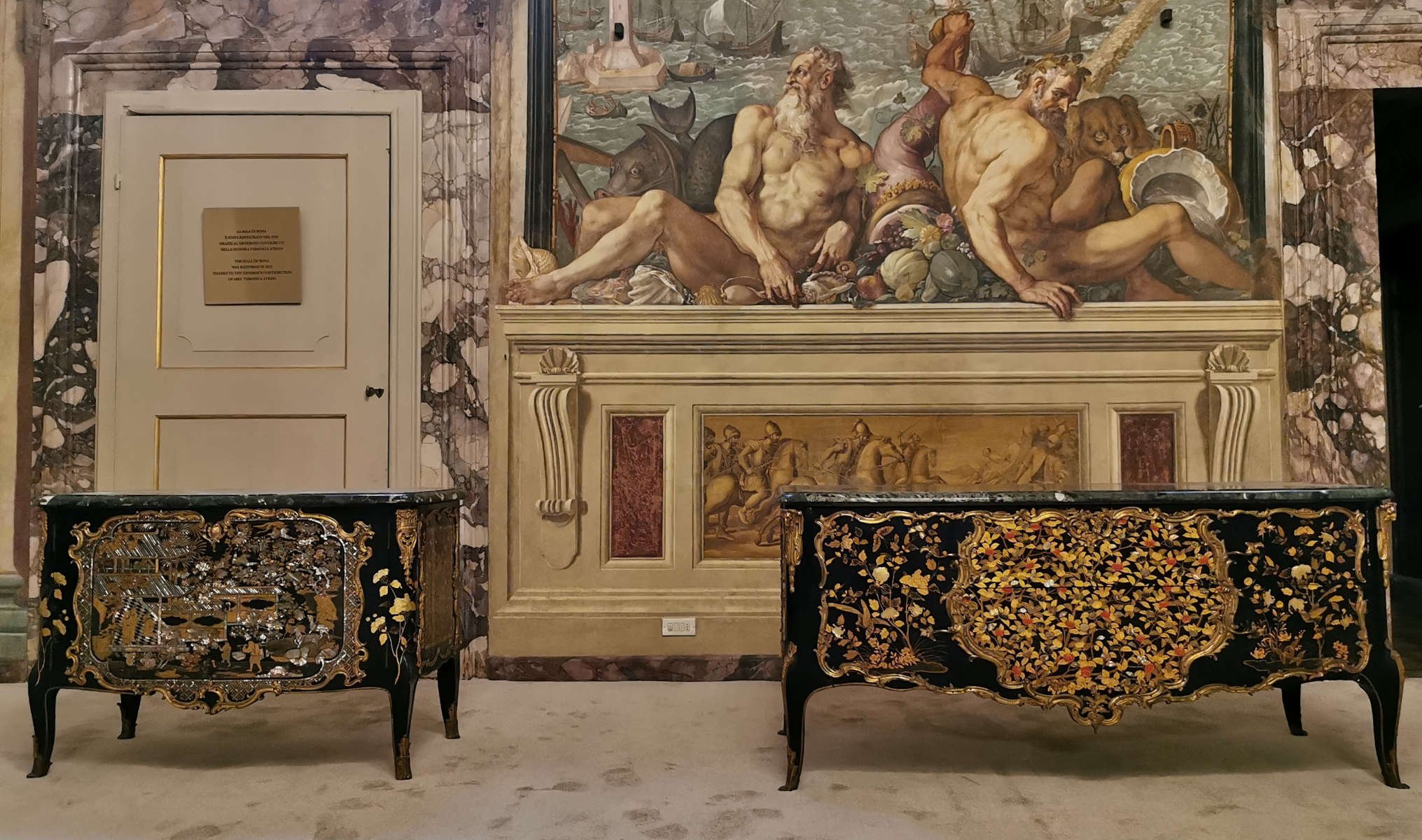
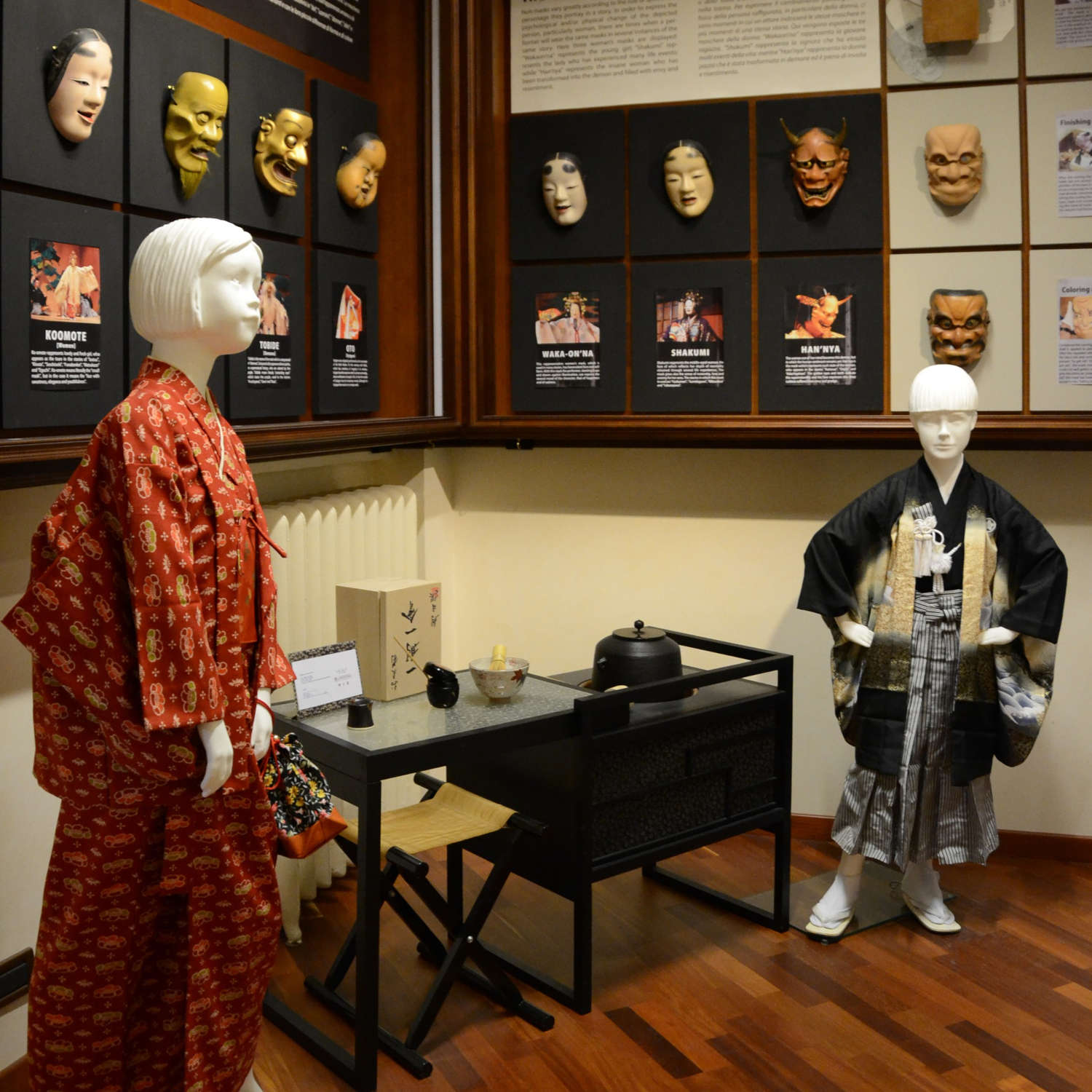
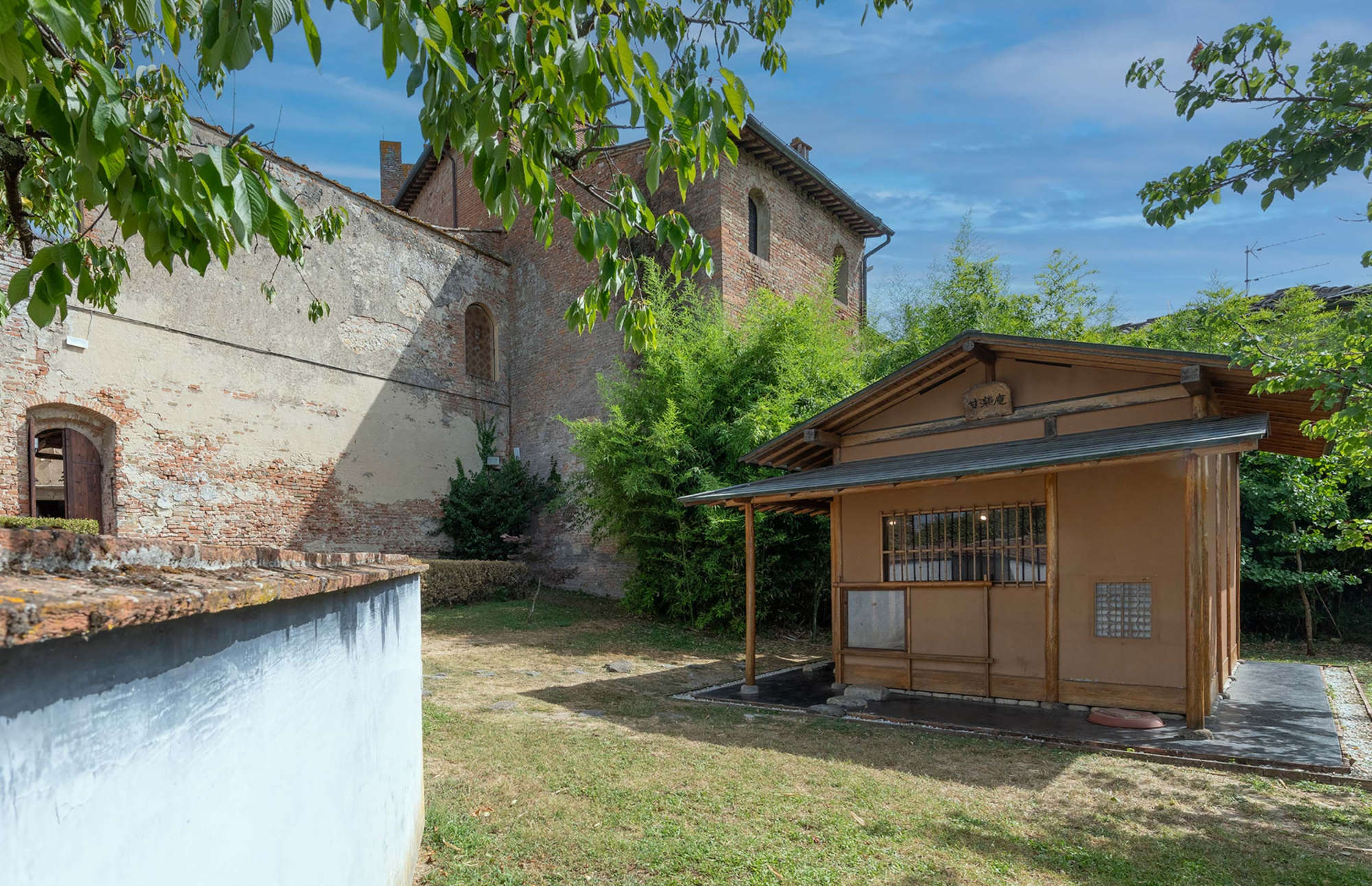
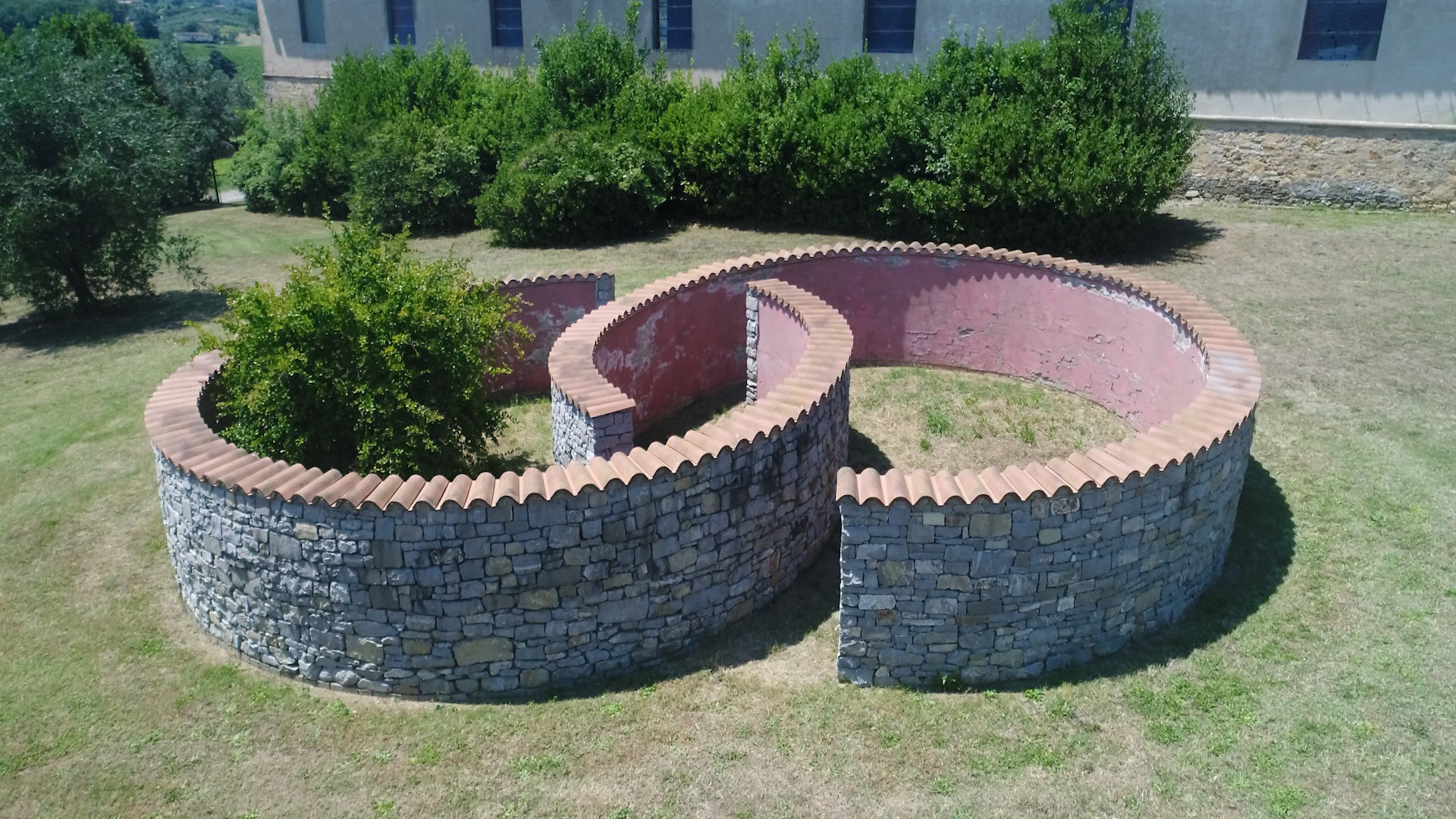

The project of transforming the ancient kitchen garden into a Japanese garden was initiated in 2000 and entrusted to Hidetoshi Nagasawa, a Japanese artist established in Italy since 1967. Nagasawa, known for his works that reveal the constant co-presence of East and West, created an installation that transformed the courtyard of the palace thanks in part to the planting of Japanese plant species such as bamboo and ornamental cherry trees. The work, completed in 2001 and named "The Tea Garden," is an outstanding example of how contemporary Japanese art can harmoniously dialogue with historic Tuscan architecture. This is not the only work by Nagasawa that one encounters in a Tuscan museum: in fact, his work can also be found at the Gori Collection in Pistoia and in the garden of Villa La Magia in Quarrata (Pistoia), where one can admire his Reversed Garden, a work with which the artist has created two dry-stone walls painted in Pompeian red and intertwined in a spiral to propose a work that intends to speak of the mystery of life.
Not far away, the Prato Textile Museum represents another important part of the Japanese heritage preserved in Tuscany, with particular reference to textile art and costume. Located inside one of the oldest factories in Tuscany, the former "Cimatoria Campolmi," the museum presents itself as the largest cultural center in Italy dedicated to the appreciation of ancient and contemporary textile art and production.
The museum's permanent collection includes an important nucleus of Japanese kimonos and textiles dating from the first and second quarters of the 20th century, documenting the evolution of economic and cultural relations between Europe and Japan. These artifacts testify to the phenomenon of Occidentalism, that is, the influence of Western culture and artistic expression in Japanese art, particularly evident in textiles where Japanese tradition was confronted with European technical and stylistic innovations.
The permanent museum itinerary traces some significant moments in the history linking the Prato area to textile production from the Middle Ages to the 20th century, including dialogue with Eastern textile traditions. Founded in 1975 inside the "Tullio Buzzi" Technical Industrial Textile Institute, thanks to an initial donation of about 600 ancient textile fragments, over time it has been enriched to house a total of six thousand artifacts, among which the specimens of Japanese textile art stand out.

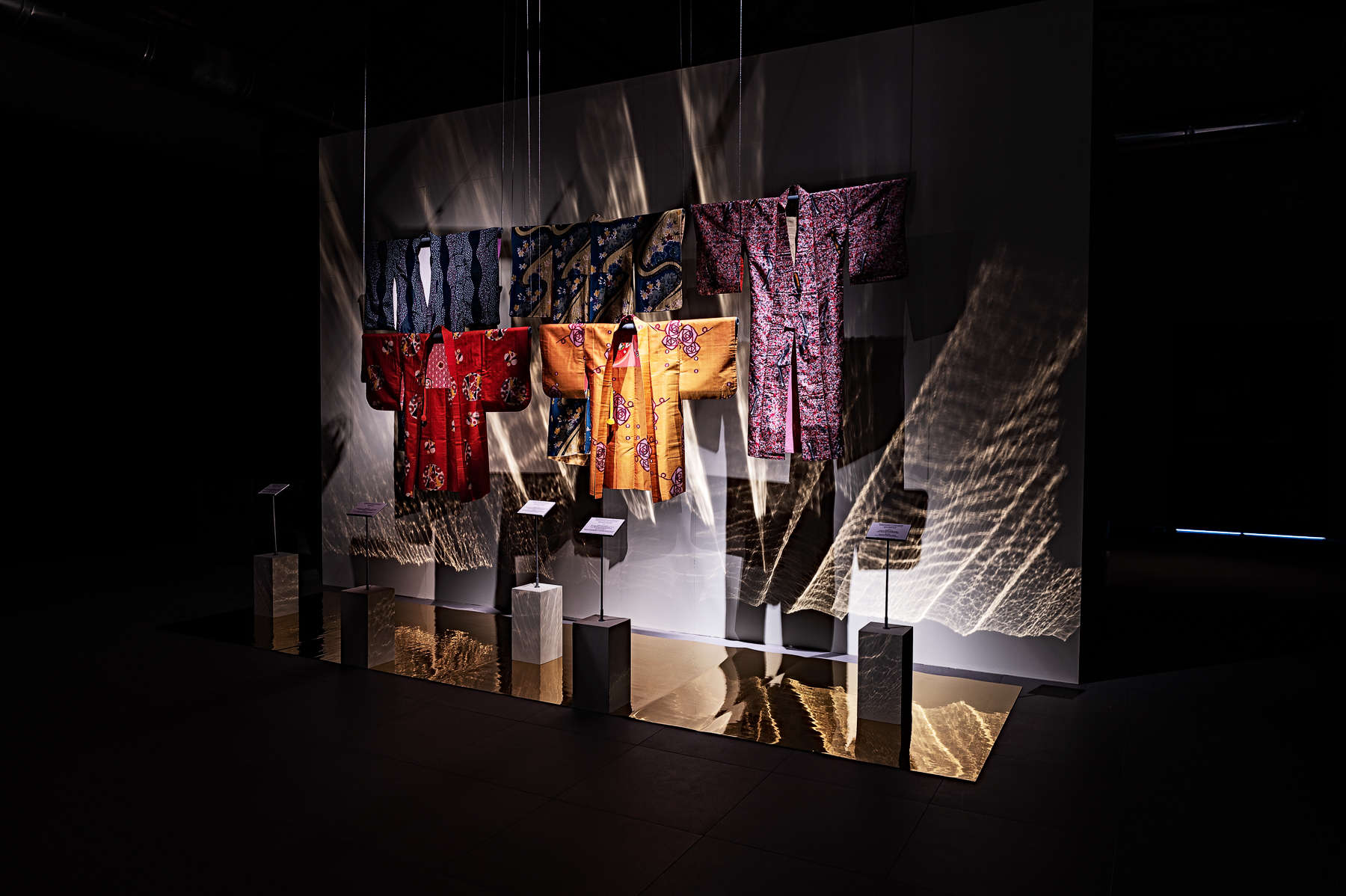
The presence of these Japanese artifacts in the permanent collection of the Prato Textile Museum documents how the fascination with Eastern art was not limited to painting and sculpture, but also involved applied arts and textile craftsmanship, a sector in which Prato has always excelled. The museum is thus a privileged observatory for understanding the mechanisms of exchange and contamination between Eastern and Western textile traditions during the 20th century.
It can be said that the richness and variety of Japanese heritage in the museums of Tuscany offer still largely unexplored prospects for study and appreciation. The work of studying and disseminating these collections could contribute significantly to the understanding of cultural relations between East and West, offering new keys to understanding the mechanisms of cultural exchange and contamination that have characterized the history of civilization.
The contemporary presence of Japanese artisans in Tuscany adds a living dimension to this historical heritage, creating a bridge between past and present that keeps the dialogue between the two cultures alive. This heritage, in its complexity and richness, represents a cultural resource of great value that deserves to be further known, studied and enhanced.


